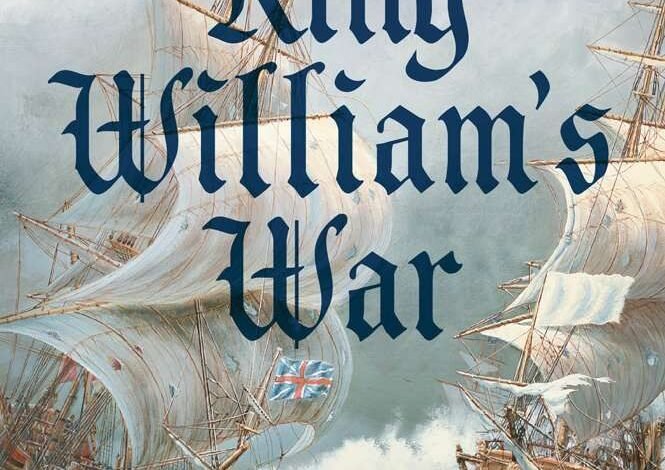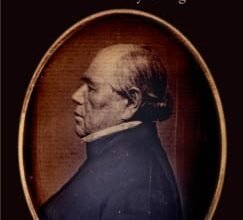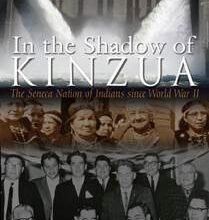King William’s War: First Contest for North America, 1689–1697


 While much has been written on the French and Indian War of 1754–1763, the colonial conflicts that preceded it have received comparatively little attention.
While much has been written on the French and Indian War of 1754–1763, the colonial conflicts that preceded it have received comparatively little attention.
Yet in King William’s War (1689-1697), the first clash between England and France for control of North America, the patterns of conflict for the next seventy years were laid, as were the goals and objectives of both sides, as well as the realization that the colonies of the two nations could not coexist.
King William’s War was technically the North American theater of the Nine Years’ War, also known as the War of the Grand Alliance (1688-1697), a conflict which pitted the Kingdom of France and the Grand Alliance.
The Grand Alliance was signed in 1689 by William III, King of England and Scotland, and Leopold I, Holy Roman Emperor. A coalition between the Dutch Republic, England, the Habsburg Monarchy and later Spain and Savoy, its primary purpose was to oppose the expansionist policies of Louis XIV of France.
Fought primarily in Europe (a related conflict was the Williamite War in Ireland) the Nine Years’ War was ostensibly fought here between New France and British colonies in New York and New England along with their respective Indigenous allies.
In reality however, King William’s War actually encompassed several proxy wars being fought by the English and the French through their native allies.
The Beaver Wars was a long running feud between the Iroquois Confederacy, New France, and New France’s native allies over control of the lucrative fur trade.
Fueled by English guns and money, the Iroquois attempted to divert the French fur trade towards their English trading partners in Albany, and in the process gain control over other Indian tribes.
To the east the pro-French Wabanaki of Maine, Nova Scotia, and New Brunswick had earlier fought a war with New England, but English expansion and French urgings, aided by foolish moves and political blunders on the part of New England, erupted into a second Wabanaki War on the eve of King William’s War.
Thus, these two conflicts officially became one with the arrival of news of a declaration of war between France and England in 1689. The next nine years saw coordinated attacks, including French assaults on Schenectady and Massachusetts, and English attacks around Montreal and on Nova Scotia, including the English capture of Port Royal in Acadia.
Important New York State aspects included the Schenectady Massacre, the erection of early forts at old Saratoga/Fort Edward, and the careers of Hendrick Tejonihokarawa (the elder King Kendrick) and the privateer/pirate Captain William Kidd.
The war ended diplomatically with the Treaty of Ryswick in 1697, which resulted in a return to the status quo, but started again five years later with Queen Anne’s War.
A riveting history full of memorable characters and events, and supported by extensive primary source material the book King William’s War: The First Contest for North America, 1689–1697 (Westholme Publishing, 2017) by Michael G. Laramie is the first book-length treatment of a war that proved crucial to the future of North America.
Book Purchases made through this Amazon link support the New York Almanack’s mission to report new publications relevant to New York State.
Read more about King William’s War in New York.
Source link




